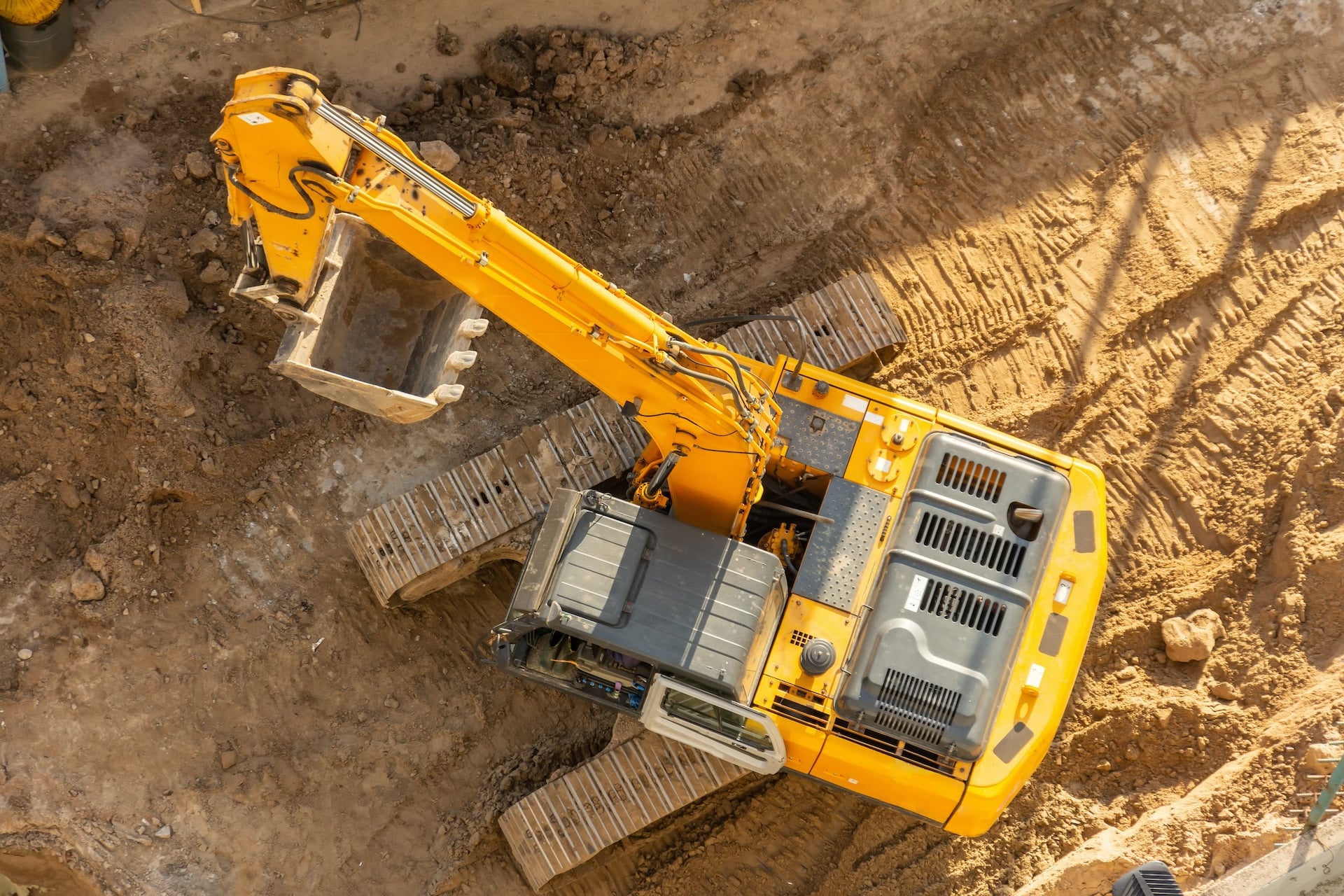Urbanisation and population growth have increased the demand for land for residential, commercial, and infrastructure purposes. To meet this demand, Brownfield Redevelopment presents an innovative approach to repurpose and revitalise underutilised or contaminated land, benefitting both the environment and community. In this article, we will discuss the growing interest in Brownfield Redevelopment, the advantages of redeveloping Brownfield sites, the potential challenges faced along the way, and how Woods Environmental Services can support successful redevelopment initiatives.
Brownfield Redevelopment involves transforming contaminated or underutilised land into productive new developments or community assets. These sites, often previously used for industrial purposes, can pose environmental and safety risks when left unattended. Redeveloping them not only addresses these concerns but also utilises existing infrastructure, minimises urban sprawl, and promotes sustainable land use. To ensure a successful transformation, it is essential to collaborate with professionals who can navigate potential environmental challenges effectively.
Woods Environmental Services offers comprehensive expertise in assessing, managing, and remediating Brownfield sites. Our multidisciplinary team of skilled professionals can guide developers, investors, and government agencies through every stage of the redevelopment process, from site investigation and contamination assessment to remediation planning and ecosystem restoration. By partnering with Woods Environmental Services, you can unlock the value of underutilised land and foster sustainable development initiatives.
The Benefits of Brownfield Redevelopment
The redevelopment of Brownfield sites offers various benefits to developers, communities, and the environment, with some of the most prominent advantages being:
- Land Preservation: Brownfield redevelopment reduces urban sprawl by utilising underutilised land rather than expanding into greenfield sites. This practice minimises encroachment on natural habitats and agricultural lands.
- Revitalised Communities: Redeveloping Brownfield sites can stimulate economic growth and job creation, increasing the local tax base and generating funds for local services. Additionally, it can foster social development through the creation of affordable housing, community centres, and parklands on formerly blighted properties.
- Sustainable Development: Brownfield redevelopment promotes sustainable land use practices by capitalising on the existing urban infrastructure – such as transportation networks, utilities, and community services – mitigating the need for new construction and reducing the overall project’s environmental footprint.
- Improved Public Health and Safety: Addressing contamination and its associated risks in Brownfield sites instigates lasting positive impacts on the health and safety of local communities.
The Challenges of Brownfield Redevelopment
Though Brownfield redevelopment presents several advantages, some challenges must be considered and overcome:
- Environmental and Technical Complexity: Assessing contamination on Brownfield sites and identifying appropriate remediation strategies can be complex due to the often unpredictable nature of pollution. Successfully redeveloping a Brownfield site requires extensive knowledge and experience to deal with the contamination in a safe and effective manner.
- Regulatory Requirements: Brownfield redevelopment projects must navigate various regulatory requirements related to land use, remediation, and site management. Failure to comply with these regulations can result in project delays, fines, and legal disputes.
- Financial Constraints: Brownfield sites may be perceived as risky investments due to uncertainties surrounding the extent of contamination, remediation costs, regulatory approval, and potential liability. However, the potential long-term benefits of redevelopment can outweigh these perceived risks.
- Stakeholder Engagement: Ensuring that local communities, governments, and other stakeholders are engaged in the planning and decision-making process can be challenging. Transparent and inclusive communication during all stages of a project is vital to addressing concerns and garnering support.
Partnering with Woods Environmental Services for Successful Brownfield Redevelopments
Woods Environmental Services provides essential support to navigate the challenges associated with Brownfield redevelopment projects. Our comprehensive range of services ensures a successful, environmentally responsible project outcome:
- Site Investigation and Contamination Assessment: We conduct detailed investigations to determine the extent of contamination on Brownfield sites, assess potential risks, and provide a sound foundation for decision-making related to site clean-up and redevelopment.
- Remediation Planning and Design: Based on the findings of the site investigation, our team develops tailored remediation strategies that balance environmental risk reduction, compliance, sustainability, and project feasibility.
- Project Management and Regulatory Support: We can manage and streamline complex regulatory requirements associated with Brownfield redevelopment, ensuring that your project remains in compliance while steadily progressing.
- Stakeholder Engagement: Woods Environmental Services recognises the importance of stakeholder engagement, and our experts can support you in ensuring clear communication and inclusive decision-making throughout your project.
Embracing Innovative Technologies in Brownfield Redevelopment
The successful redevelopment of Brownfield sites often requires innovative technologies and approaches that balance effectiveness, sustainability, and cost-efficiency. Woods Environmental Services stays at the forefront of industry advancements, ensuring that the latest technologies are implemented in your redevelopment project:
- Remediation Technologies: We employ a range of innovative remediation techniques, such as phytoremediation, bioremediation, and soil washing to address site-specific contamination issues.
- Sustainable Practices and Green Building: We incorporate sustainable design principles and green building practices into our site planning and redevelopment activities to minimise environmental impacts and create lasting benefits for communities.
- Digital Tools for Project Collaboration: Our team utilises digital platforms and tools to facilitate collaboration across all project stakeholders, fostering transparency and effective decision-making.
Conclusion
Brownfield Redevelopment offers an exciting opportunity to breathe new life into underutilised and contaminated sites, transforming them into valuable community assets and paving the way for sustainable growth. Successfully navigating the challenges of Brownfield redevelopment requires the expertise and guidance of skilled environmental professionals, ensuring that projects are not only economically viable but are also grounded in responsible environmental stewardship. Woods Environmental Services is committed to partnering with developers and investors to create thriving, sustainable, and resilient communities, transforming environmental liabilities into opportunities for positive change. Together, we can build a brighter future for our cities, towns, and neighbourhoods through the power of Brownfield Redevelopment. Contact us now to learn more about our environment management services.

